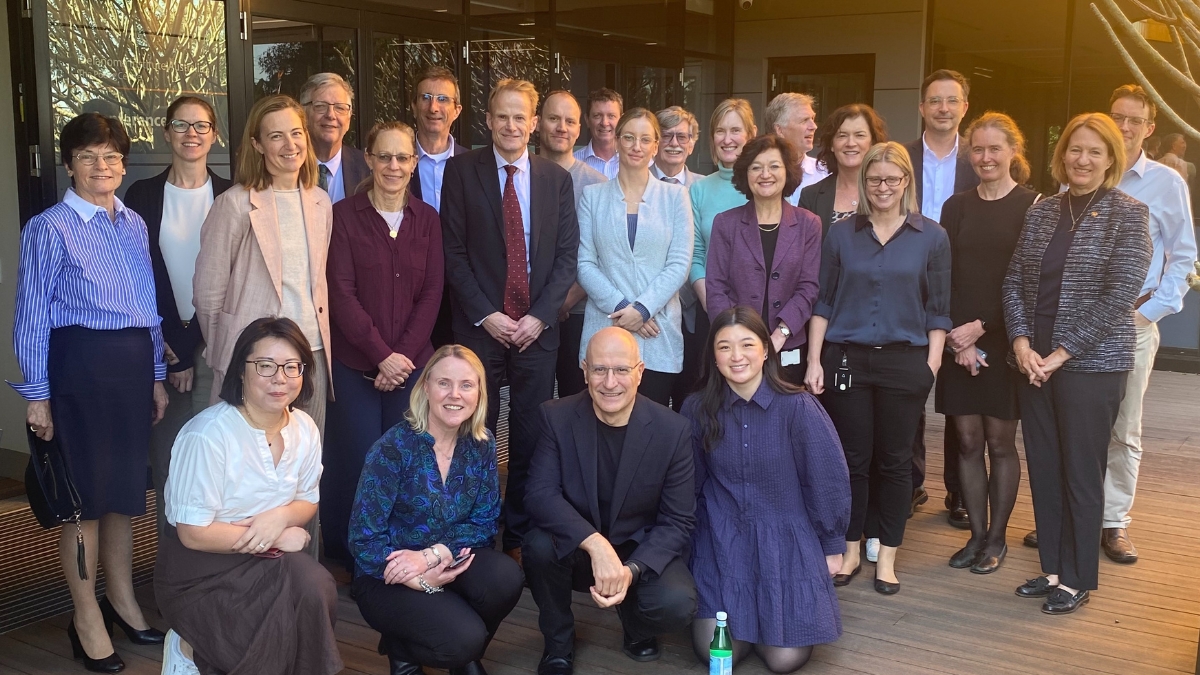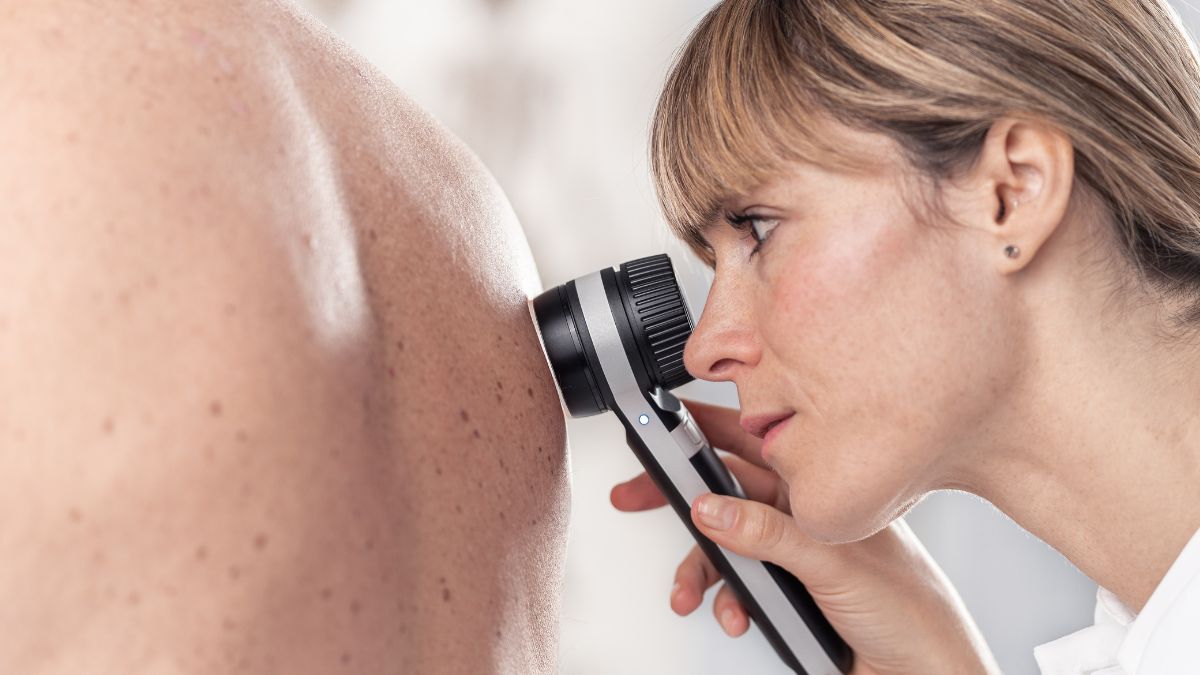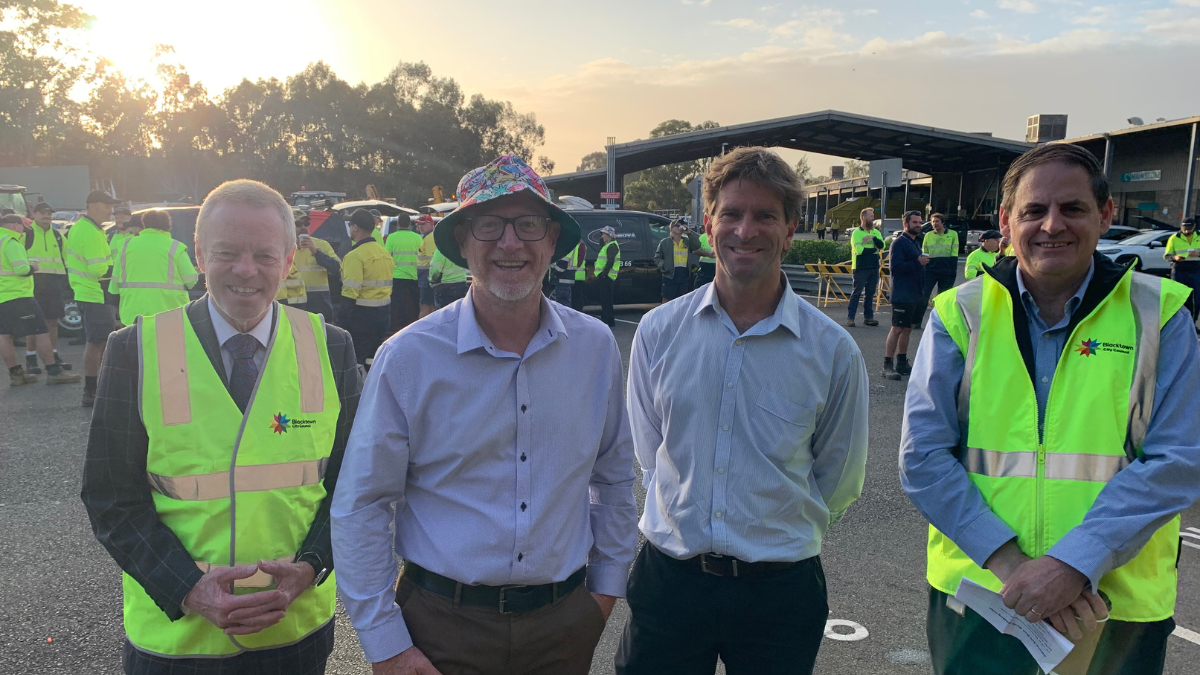Yesterday Melanoma Institute Australia (MIA), alongside the Australian Centre of Excellence in Melanoma Imaging and Diagnosis (ACEMID) project, hosted an important melanoma data workshop in Sydney, to prepare for the massive volumes of data that will help create the evidence for a national targeted melanoma-screening program.
What’s a key next step on the road to our ultimate mission of zero deaths from melanoma, according to the team running Australia’s largest melanoma-imaging cohort study? A workshop to prepare for the massive volumes of data that will help create the evidence for a national targeted melanoma-screening program.
MIA was delighted yesterday to host this workshop in Sydney, alongside the Australian Centre of Excellence in Melanoma Imaging and Diagnosis (ACEMID) project.
ACEMID is a joint initiative of UQ, Monash University and University of Sydney. The workshop aimed to develop a strategic collaborative approach between ACEMID, MIA and the NCRIS capabilities to integrate advanced data solutions for melanoma prevention and detection.
We welcomed speakers from the Department of Education, consumer advocates including MSCAN, 2024’s Australians of the Year and MIA Co-Medical Directors Prof Georgina Long AO and Prof Richard Scolyer AO, Prof Tracey O’Brien (NSW’s Chief Cancer Officer), senior leaders at all NCRIS partners, and many others.
18,000+ people are diagnosed with melanoma each year in #Australia alone. According to the team leader of the ACEMID project, Professor H. Peter Soyer (The University of Queensland), finding changes in Aussies’ skin is a monumental task, but it’s absolutely achievable.
And it’s TIMELY. In the near future, we hope to see targeted melanoma screening join the ranks of Australia’s other national health screening programs, and this will need to be informed by the latest research data.
In seconds, the ACEMID imaging machine takes 92 photos of your skin and not only creates a whole-body 3D avatar, but the next time you walk in, also allows clinicians to compare skin spot or moles to how they looked last time.
With 6,000 volunteers so far, the ACEMID total body imaging has already created terabytes of data. The project generates multi-modal data for each person: clinical data, 3D and dermoscopy images, pathology data, proteomics data, genetic data, and more.
Workshop participants understand that solving Australia’s cancer requires us to work together at a national scale from across imaging, genomics, pathology and clinical care. This task requires innovative data-management strategies to link interdisciplinary data and prepare it for high-impact research.






This is fantastic! Congratulations to everybody. As a person who has had melanoma previously, this gives us all great hope.